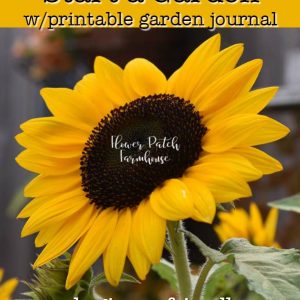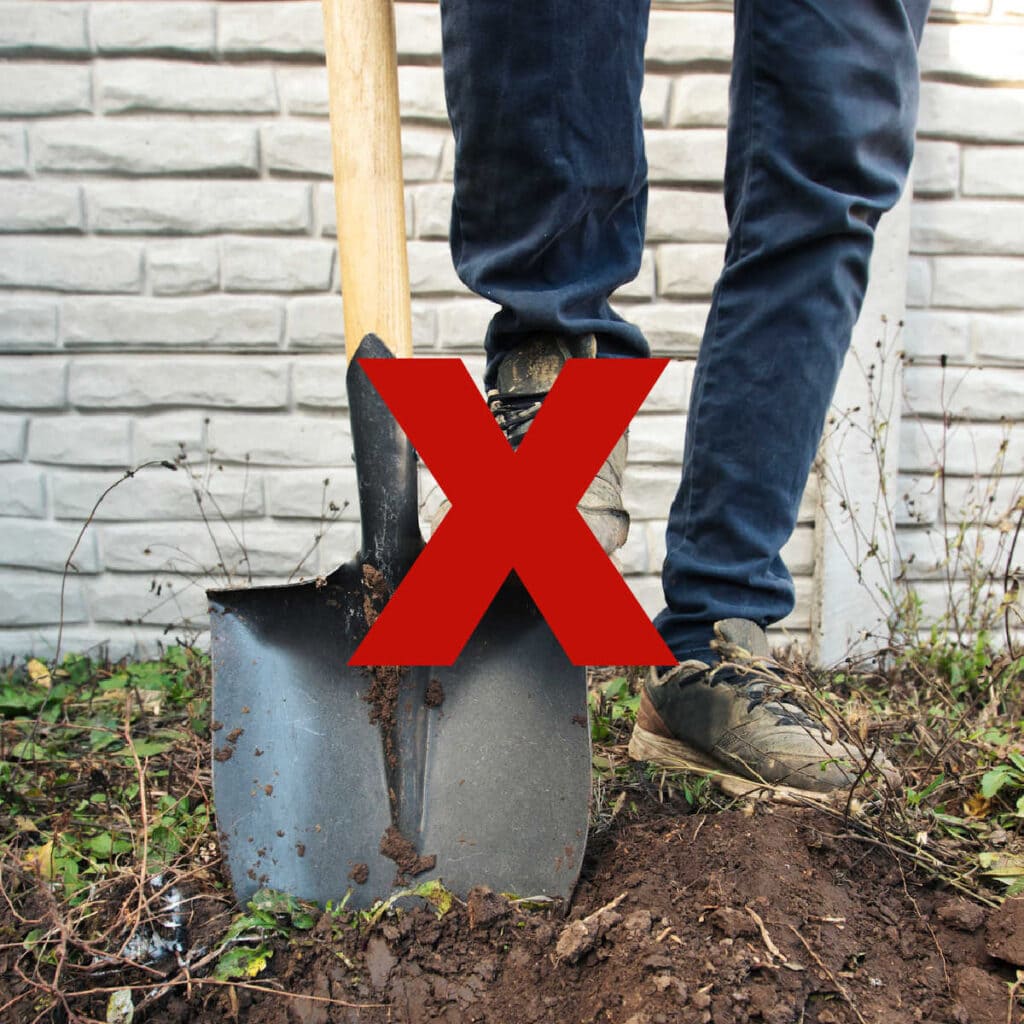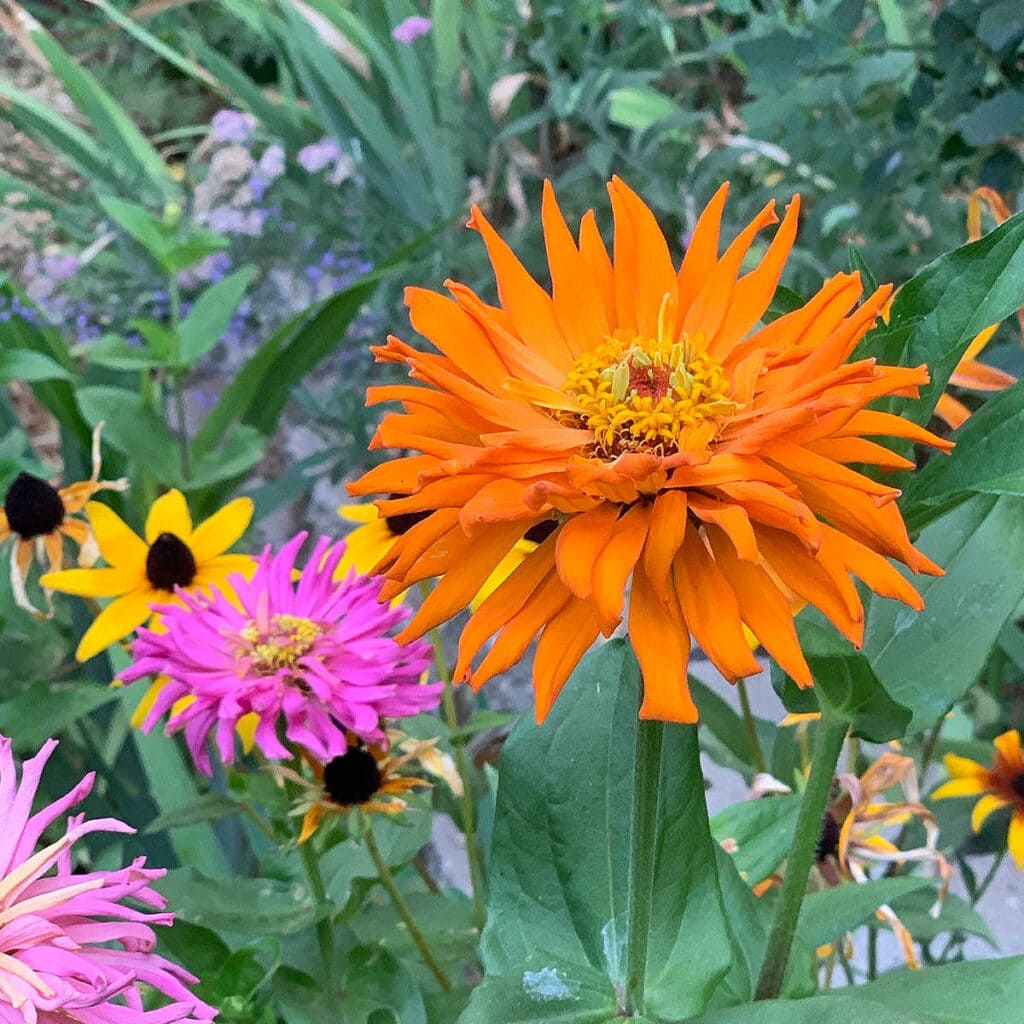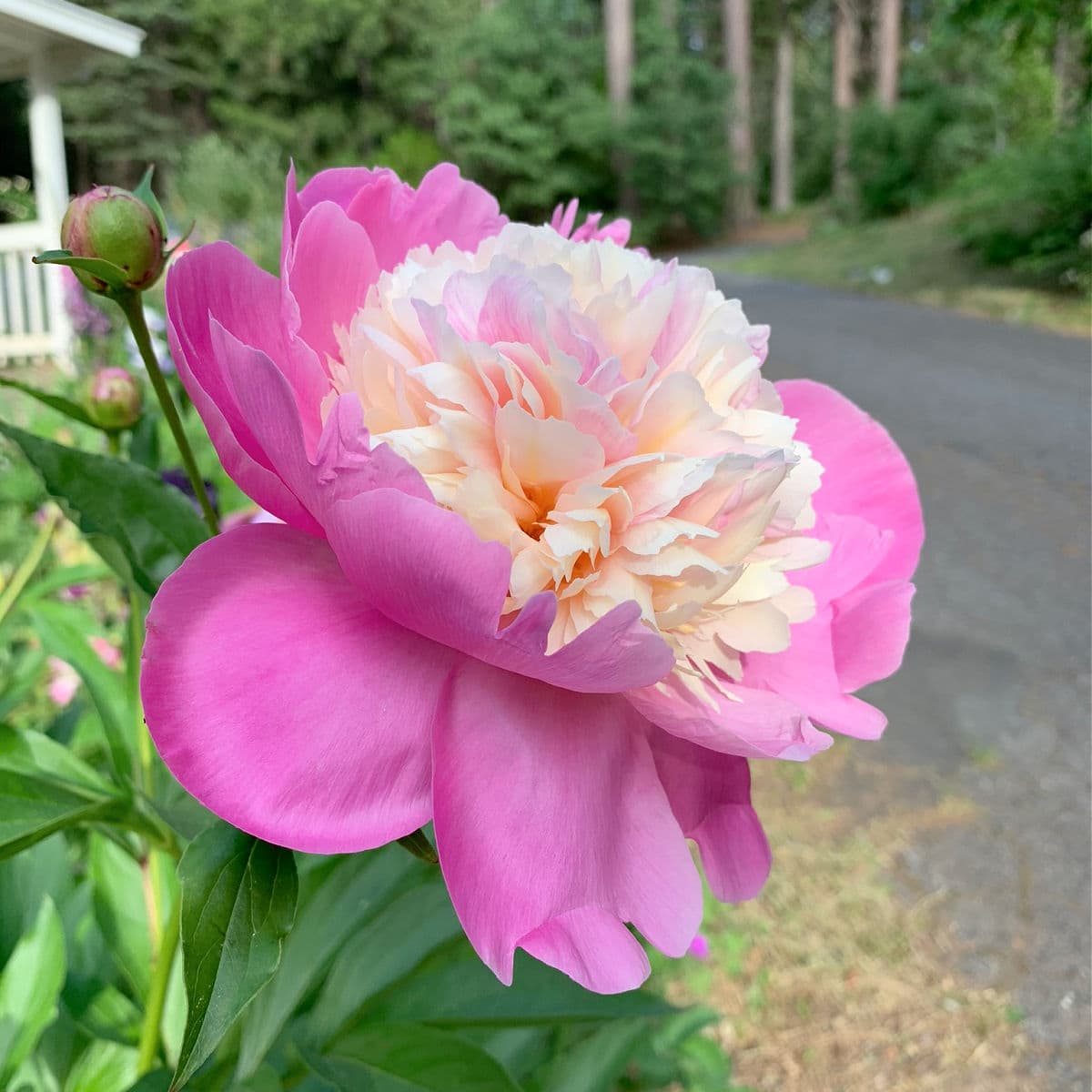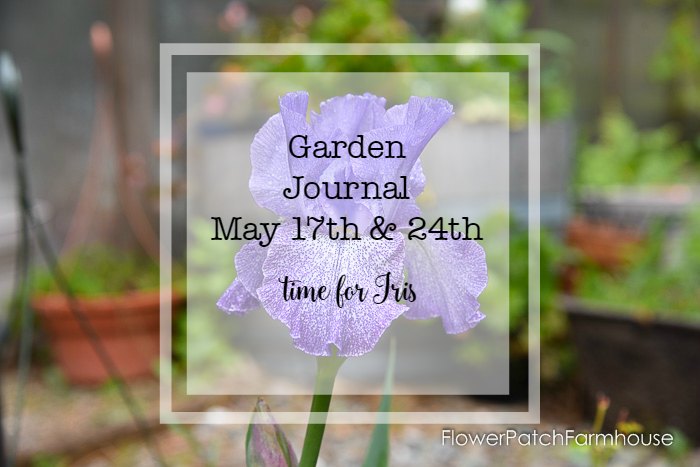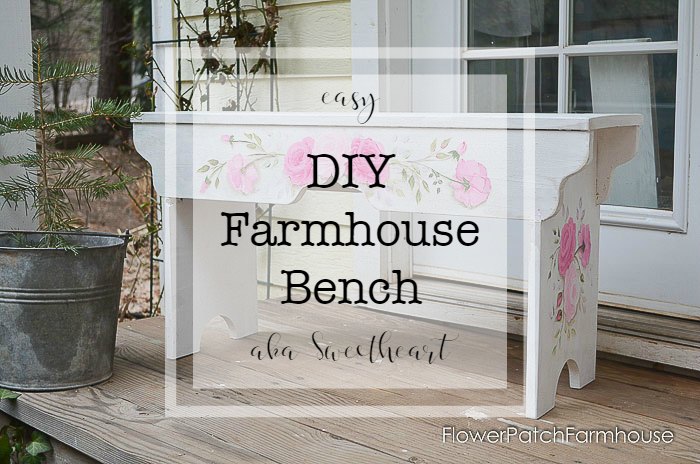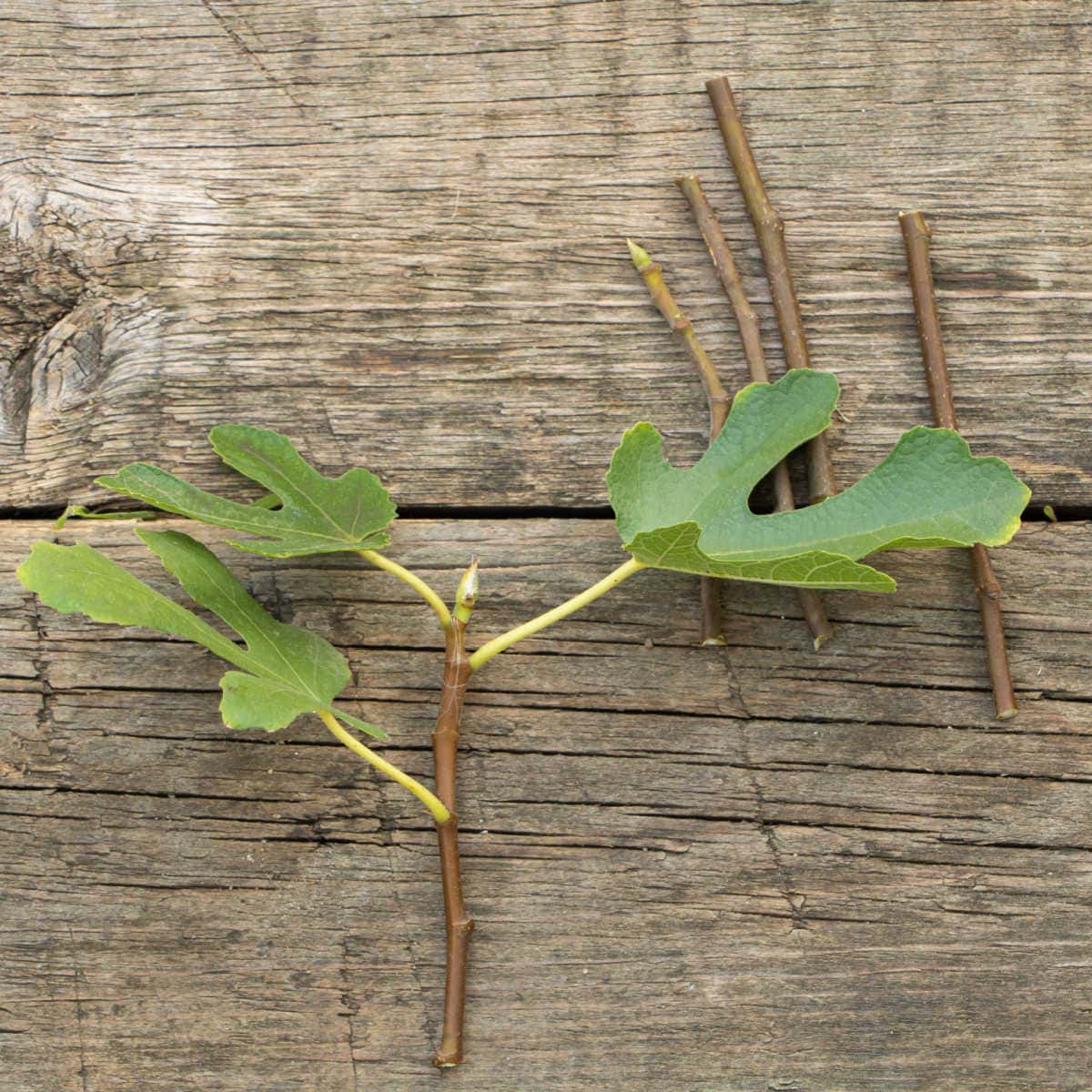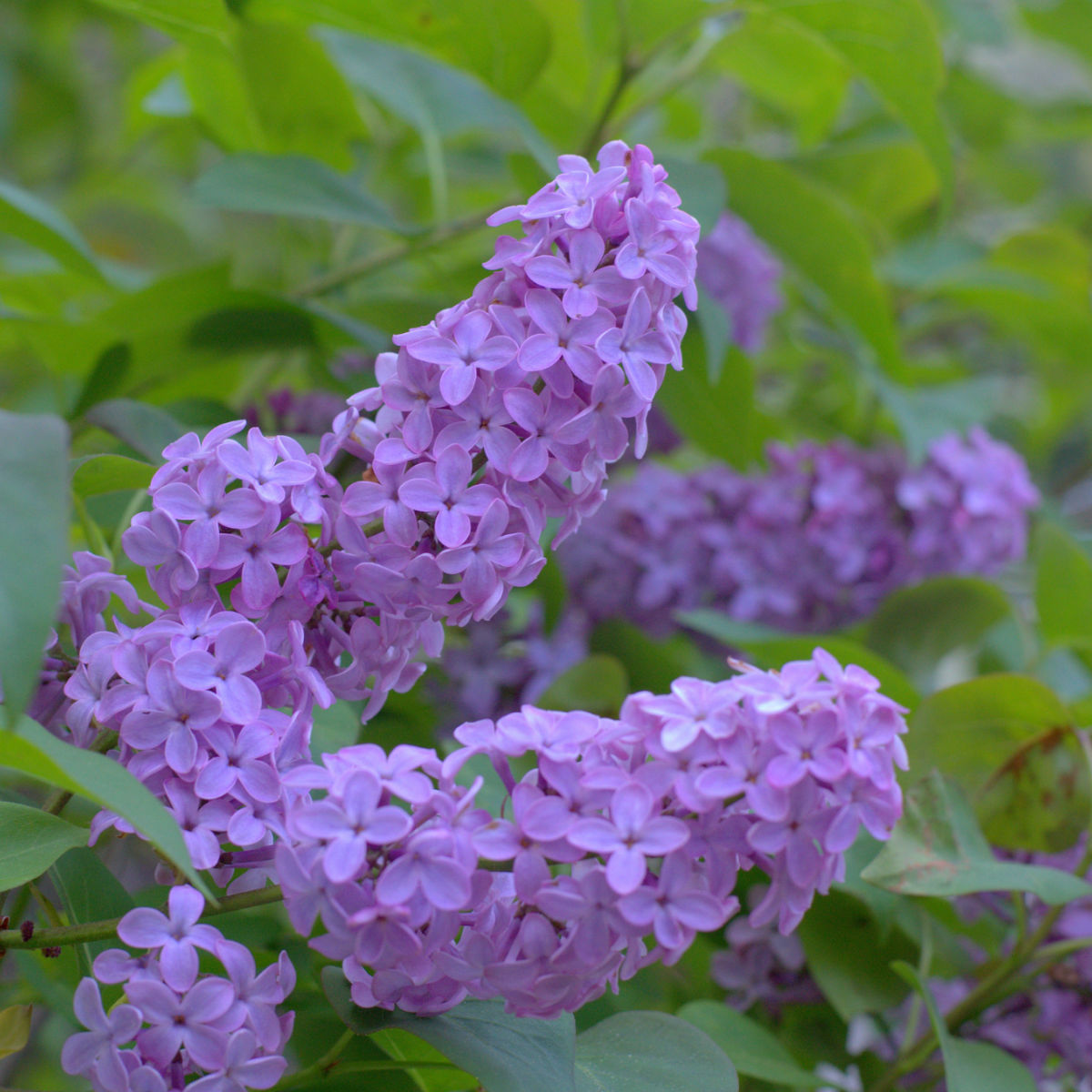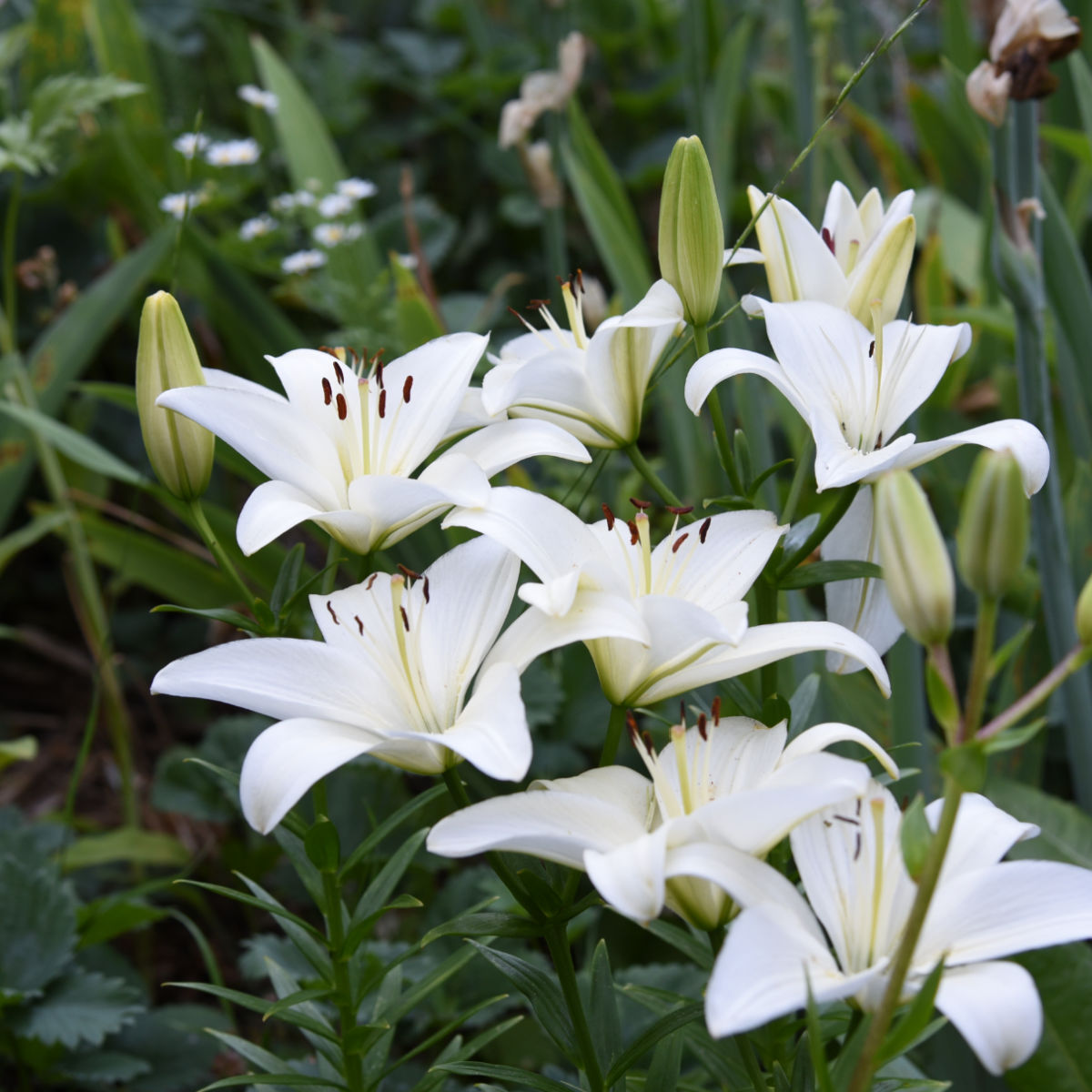Start an Easy Garden for Beginners
Start an easy garden for beginners. Starting a garden doesn’t have to take a lot of heavy work or time. Begin small, slow, and smart. That way you avoid frustration and burnout.
I want to share with you how to garden more easily and inexpensively.
Start an Easy Garden for Beginners is a step-by-step approach to a beautiful garden with less frustration and headache. Garden smarter not harder.
To develop a love of gardening you need to approach it realistically.
It can be a lot of hard work but you can minimize the arduous labor and enjoy the physical benefits of a sensible garden.
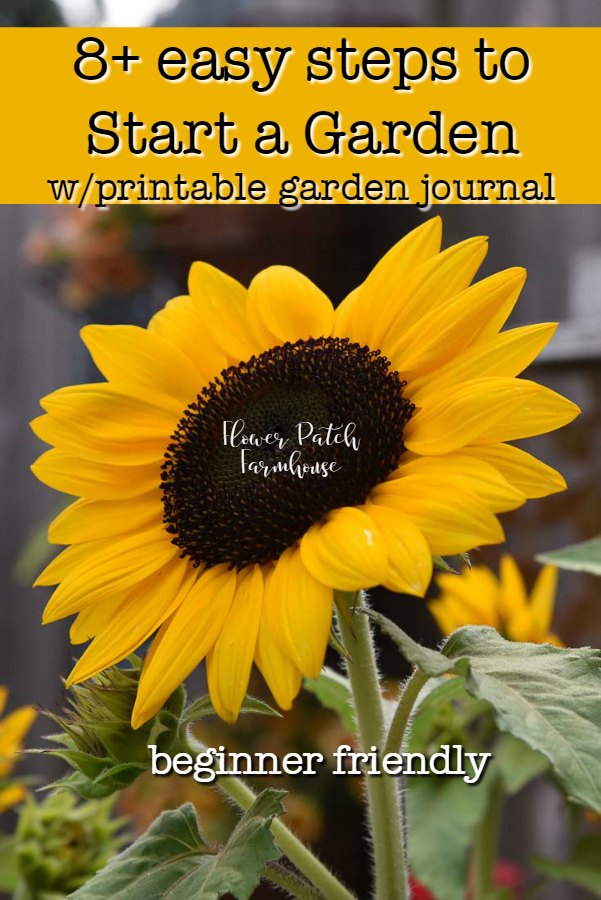
Best time to Start a Garden
The best time to start an easy garden is now. You don’t need to wait until a special season.
Every season has things you can do in the garden. Even Winter is great as you can plan and decide what you want to start growing and where.
Winter sowing seeds is an excellent way to get started on a budget!
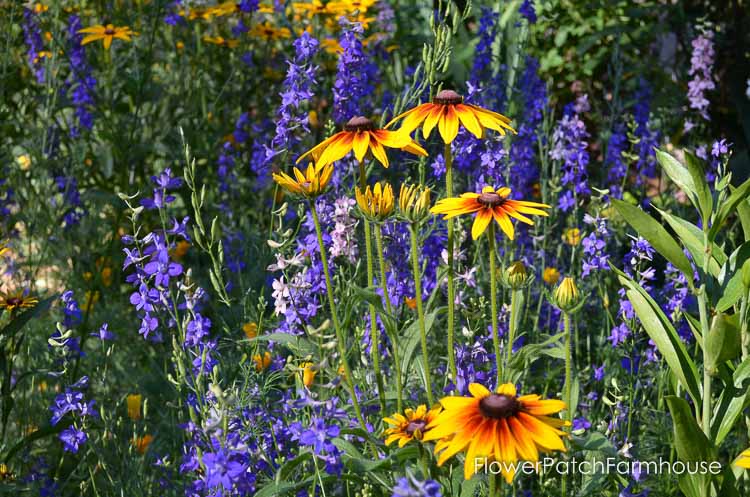
This post contains affiliate links. If you make a purchase after clicking a link I may make a small commission at no cost to you.
What Kind of Garden
You need to decide what kind of garden you want. Vegetable, flower, or both. (growing flowers with your vegetables is a great way to attract pollinators which makes for better harvests)
What you want to grow will be affected by your garden zone, the size of the growing area, and the micro-climate.
Find a local garden club, ask a gardening neighbor, and see what others around you are growing successfully.
One thing is very important, grow what you love to eat. If you are a big salad buff then plant things you like to eat in your salad.
Lettuce, kale, radishes, scallions, big fat delicious tomatoes, and crispy cucumbers, are all easy to grow for the first-time gardener.
Know your Garden Zone
Your garden zone is helpful but not an end-all answer. Find out here what you need to know about your Garden zone and what you can skip.
Here is an excerpt from the USDA on garden Zones:
USDA Plant Hardiness Zone Map
The 2012 USDA Plant Hardiness Zone Map is the standard by which gardeners and growers can determine which plants are most likely to thrive at a location. The map is based on the average annual minimum winter temperature, divided into 10-degree F zones.
Want more info on garden zones? Then watch this video where I talk about why Garden Zones are only a starting point and not the end-all answer!
Choose your Garden Location
The garden zone is just a starting point. Where you put your garden on your property has a bearing as does the micro-climate around your home.
Location, location, location! Observation is key when you want to start an easy garden.
You need to note how much sunlight your garden gets through the seasons particularly in the height of growing time, typically Summer.
Many vegetables and flowers need at least 6 hours of sun a day to flourish. Others can tolerate or enjoy more shade.
Most plants available online or in garden centers have tags or info that will inform you of their light requirements.
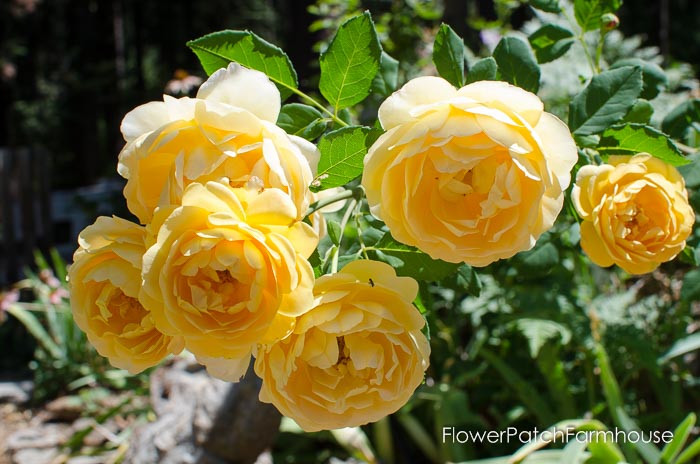
Good Soil is Key
The best thing you can do for any garden is to build the soil. Good soil structure is key to a beautiful, healthy garden.
You don’t need a tiller, in fact, I advise against tilling. It just upsets the natural balance of the soil.
Embrace an easier way
Benefits of NO DIG Gardening
No-dig gardening has a number of benefits that can be appealing to beginner gardeners. I have incorporated the no-dig techniques for a few years now and I will never go back to traditional methods!
If you have hard soil that is difficult to work then start creating raised beds. I am loving these ones, easy to put together and long lasting.
Good soil health will also allow you to plant intensively, getting more bang for your buck.
Try and locate a local company or municipality that composts on a large scale and see if they sell it in bulk. Many times they even deliver.
Also, check landscaping resources, they often carry bulk composts and soils.
Or find out if you have any neighbors that have horses or cows. Most people who keep farm animals pile up that wonderful manure and let it age to garden gold. And often they are more than willing to have you haul off a bunch.
Make sure it is well-composted before using it in your garden. If it is too fresh it will not help you and your close neighbors may get in an uproar over the smell.
Note: you can add fresher manure if it is Fall….
If it is Fall plan for next Spring, start your garden beds by piling on the leaves and other great mulching materials, top with your composted manure, even if it is on the fresh side, and just let that sit for the winter.
If thick enough the layer of leaves will block most weeds making it easy to get started in the Spring.
The manure compost will break down and the worms will have had a field day helping to till the soil while you stay cozy inside.
You can also use bagged potting soil from your local garden center, just make sure it is not full of chemical fertilizers.
Organic is best, especially if you want to have plenty of worms, and I will tell you now, that you do want worms!
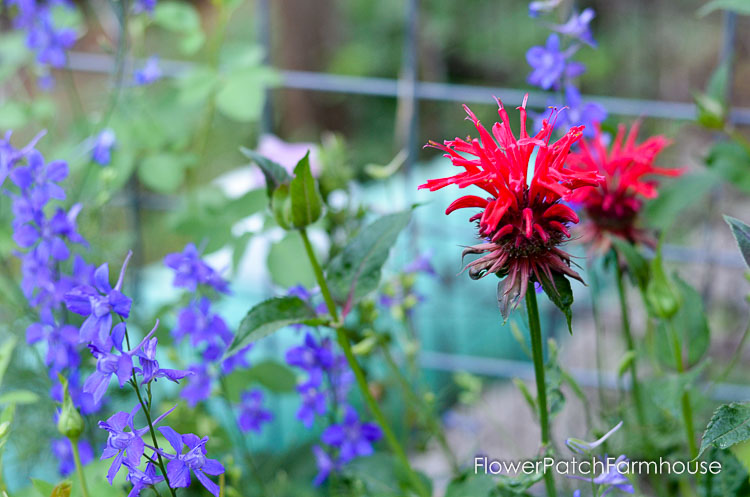
Fertilizing
Avoid chemical fertilizers. Why? Because they only feed the plants and not the soil.
It is like junk food for plants. It will give you an immediate boost but it isn’t the healthiest choice. It can interfere with the good microorganisms present in the soil.
Soon your soil becomes depleted and no longer will support healthy plant growth no matter how much chemical feed you give them.
Supporting the natural structure and microorganisms that live in the soil will make for easier growing, fewer pests, and less work for you.
stop fertilizing
Regenerate Your Soil Instead!
If you’re new to gardening, you might think that the key to a thriving garden is to fertilize, fertilize, fertilize. Just stop, Regenerate the Soil instead!
There are many organic fertilizers on the market. These two are my favorites at the moment:
Agrothrive Organic Fertilizer General Purpose
and
Eco Organic Sustainable Liquid Fertility
Why are they my favorites? They feed the soil and the plants, for a win-win in your garden.
Always remember that adding compost creates good soil and that limits the need for more fertilizers.
Adding more fertilizers than is necessary will not contribute to what you want to achieve and can be detrimental to the environment.
Good Garden Tools
Good garden tools do not need to be fancy or expensive.
A good trowel, garden knife, pruners, knee pad (a lifesaver for the knees), gloves, hoe dag (my fave garden tool), shovel, and rake to name some.
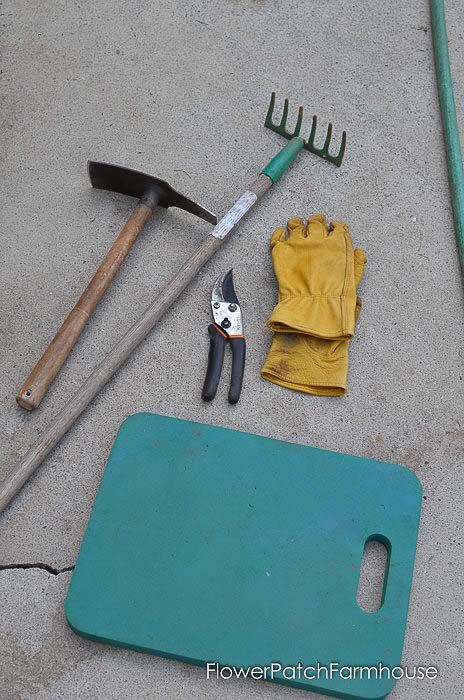
I have many listed in my Amazon shop for convenience but most items can be purchased at your local hardware store or garden center.
Only plant as much garden as you can keep up with
As much as all of us would like to jump right in and have a large, lavishly blooming, or vegetable-filled garden, the reality is that it can easily become overwhelming.
Gardens that take more time than we have only suck the joy out of having them.
But if you start small and find plants that actually thrive in your area you can have what you wish and still keep it within your time budget.
A small area planted well and blooming nicely all season can bring you a lot of joy.
Once you get started and find what plants will thrive for you, then you can expand on them later.
Some of the flowers will even reseed themselves and help you to enlarge your garden.
I will confess that many areas of my garden are just free-seeding plants that have volunteered to sprout where they like.
Plant Up not Out
If you are short on space and want to use what space you have more efficiently then plant vertically.
Space hogs like squash will grow on a trellis or other structures. I have one I just love that was easy to build, see that here.
The fence surrounding your garden may well do double duty as a trellis. I have cattle panels around my garden as fencing.
I use them as supports for many things, tall flowers like hollyhocks and sunflowers as well as vining veggies like green beans or peas. You can see it here supporting this Hollyhock.
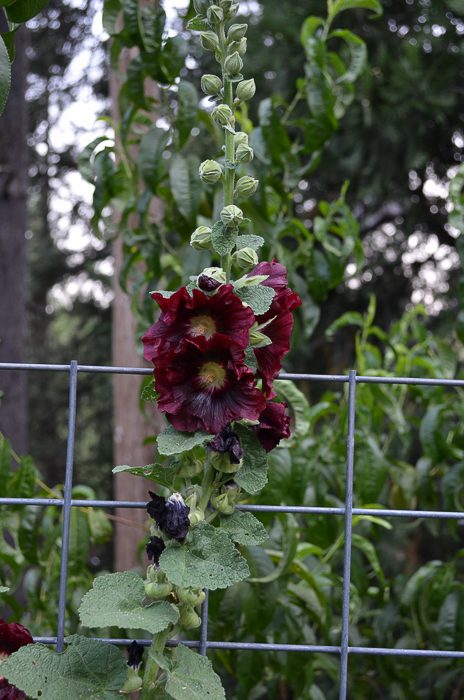
Keep Weeding Easy
Don’t get rid of your leaves in the Fall, keep them on hand to mulch with.
Some claim you need to chop them up first but I have not done that and they work just fine.
By laying down a layer of leaves and/or pine needles I keep the weeds from sprouting in the first place, making weeding less of a chore.
Would you believe I wrote an entire post on weeding? Go ahead, and take a look.
If you prefer shredding the leaves I have used one of these mulching blowers that act as a vacuum.
But the leaves need to be dry to work well. Our leaves normally get knocked off the trees by rain and wind and therefore are too wet to use this method.
Note: dried pine needles ARE NOT ACIDIC! It is one of those garden myths that persists.
I know that is a new thought to many of you but it is true, they are no more acidic than dried leaves.
Related: Garden Myths that can harm your garden!
So if you read somewhere that putting pine needles under your hydrangeas will make them turn a different color, I am sorry, you will be disappointed. Pine needles make excellent mulch.
Even if you don’t mulch with leaves you can still compost them, they are great in the compost pile or bin! No need to burn or set out on the curb.
Make good use of what your garden gives you. You can also create leaf mold, which is an entire article on its own.
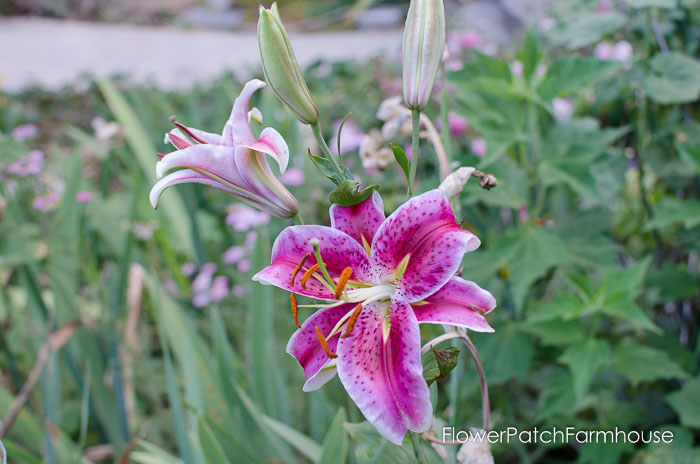
Keep Good Records
Yep, keeping track of how the garden went, what worked, and what didn’t will go a long way in your garden’s success.
Each year can be different and you should rotate crops so you aren’t growing certain vegetables in the same spot year after year.
I made a Garden Journal to help me keep track. I made it available in my online shop. It’s budget-friendly and using it can save you a lot of $$$ and time.
download and print
Garden Journal
Keep track of your garden chores, plant lists, seed charts, and more!
And that is how you start an easy garden. Get a helping hand if you can.
My husband helped to unload the truckload of compost but the rest was done by me.
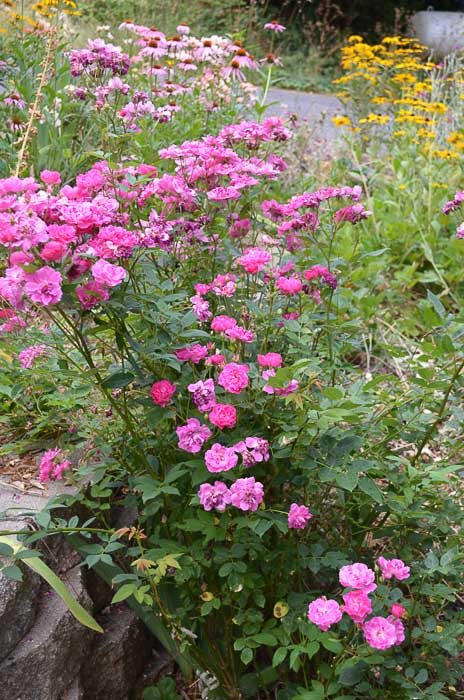
Do you already have an area that is ready to go (meaning good soil) and you want to have gorgeous blooms this Spring…go here for some seeds that are easy to toss on the soil in Fall to get a head start, Sow Your Seeds in Fall
But I also have certain raised bed methods that I love and you can see that HERE.
More Beginner Gardening Info
Happy Gardening!

